Baby’s Breath Issues – How To Deal With Common Gypsophila Problems
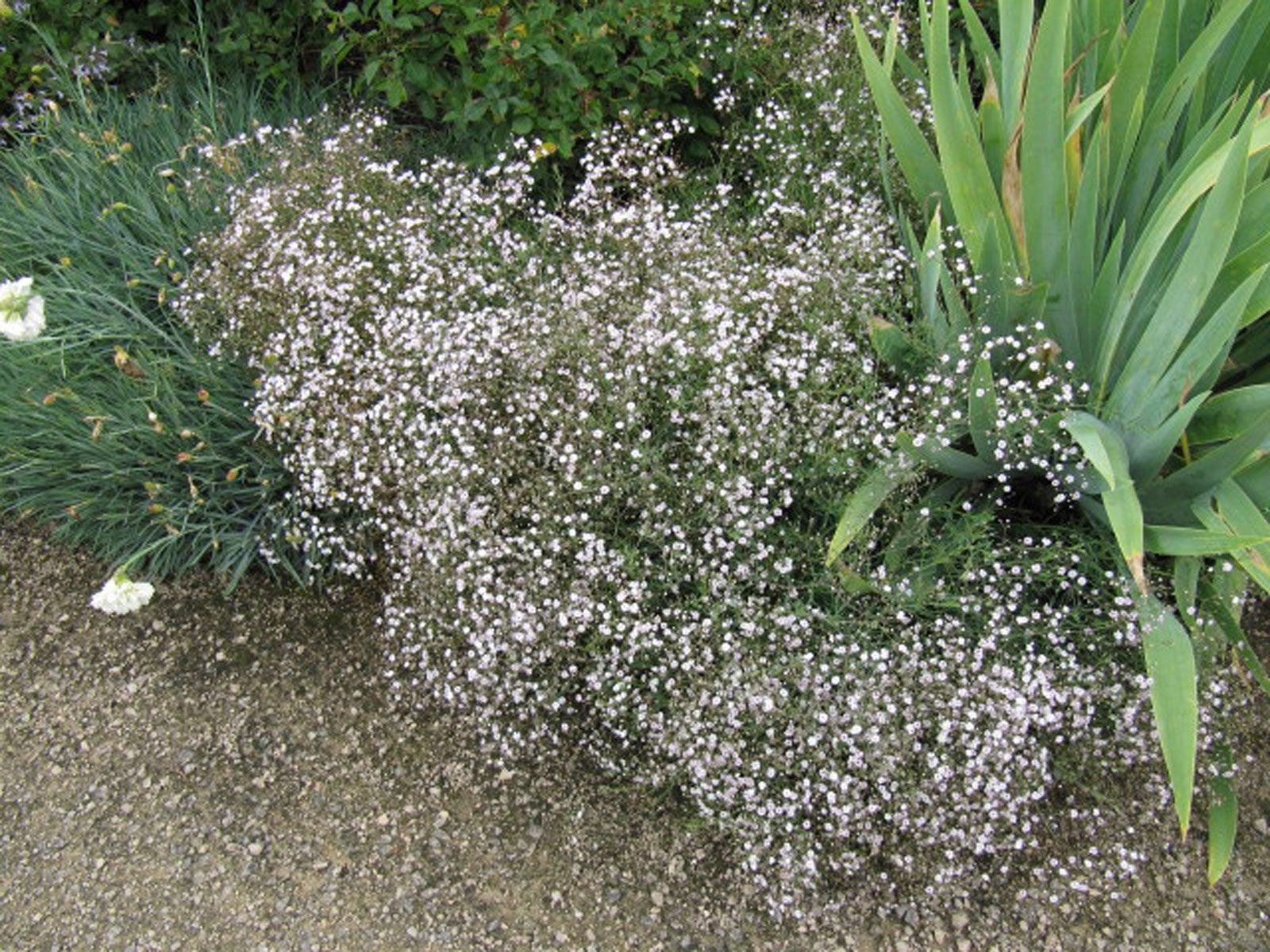

The baby's breath plant is best known for adding a little magic to floral arrangements. The small flowers and delicate leaves create an ethereal presentation. If you are thinking of planting these flowers in your backyard, you will want to learn about common problems with baby’s breath plants. Read on for a discussion of the most common Gypsophila problems.
Baby’s Breath Problems
Baby’s breath (Gypsophila paniculata) is an herbaceous perennial that is hardy in USDA zones 3 to 9. It usually grows between 2 and 4 feet (60 and 120 cm.) tall with a similar spread. This plant has slender stems and narrow leaves, with showy white sprays of flowers.
To keep baby’s breath plants happy, plant them in full sun in a site with good drainage. They need regular watering but will die if they get “wet feet.” The plants are so healthy and vital that they are considered invasive in several states, but you may encounter a few baby’s breath issues.
Despite their usual vigor, your baby’s breath may experience some health problems. Here are a few Gypsophila problems to look out for:
If you note discolored and distorted foliage, your baby’s breath may be afflicted with leafhoppers. Aster leafhoppers are tiny green insects that spread aster yellows disease. Leafhoppers encounter the disease on infected wild plants and bring the problem into your garden. They can pass this onto the baby’s breath plants. Using floating row covers in early spring keeps leafhoppers off the plants. You can also take preventative action by applying neem oil to the plants during their first month of growth.
Blotched or discolored leaves can also indicate that your Gypsophila problems include a fungus causing botrytis gray mold. Control these baby’s breath issues by improving the air circulation between plants by thinning them out and/or transplanting them to a sunnier location. Dusting leaves with sulfur also helps.
Why is My Gypsophila Dying?
Unfortunately, a few problems of baby’s breath are serious enough to kill the plants. Crown and root rots can be the end of your Gypsophila.
Gardening tips, videos, info and more delivered right to your inbox!
Sign up for the Gardening Know How newsletter today and receive a free copy of our e-book "How to Grow Delicious Tomatoes".
These rots are caused by bacteria and fungi that live in the soil. If you don’t see new shoots in spring, this is likely the problem. You’ll first see the damage on the crown, the thick area where the root system meets the base of the plant at the soil level.
As the rot spreads, the crown turns mushy and bad-smelling. Fungi attack next and the roots can become rotten and blackened. The plant dies in a few days. Although you cannot cure it, you can prevent it by adding compost to the soil for its fungus-fighting qualities and keep mulch away from the crowns in winter.
Another of baby’s breath issues that can kill the plant is aster yellows, spread by leafhoppers and aphids. If your problems with baby’s breath include aster yellows, the plant foliage is stunted and the leaves will wilt and die. You’ll need to remove and throw away all plants infected with aster yellows. To save the rest of your plants, spray generous amounts of neem insecticide on them several times a day for 10 days to kill insect pests carrying the disease.

Teo Spengler is a master gardener and a docent at the San Francisco Botanical Garden, where she hosts public tours. She has studied horticulture and written about nature, trees, plants, and gardening for more than two decades. Her extended family includes some 30 houseplants and hundreds of outdoor plants, including 250 trees, which are her main passion. Spengler currently splits her life between San Francisco and the French Basque Country, though she was raised in Alaska, giving her experience of gardening in a range of climates.
-
 Moody Blooms For Spring: 8 Types Of Black Flowers To Add Drama To Spring Displays
Moody Blooms For Spring: 8 Types Of Black Flowers To Add Drama To Spring DisplaysFrom midnight burgundies to inky violets, several types of black flowers can enrich and embolden a spring display. Try these brooding bloomers for a moody garden
By Tonya Barnett
-
 Can Snake Plants Live Outside? Everything You Need To Know For Snake Plants Al Fresco
Can Snake Plants Live Outside? Everything You Need To Know For Snake Plants Al FrescoSnake plants can live outside given the right conditions, but be careful that they don't take over! Learn the best way to use snake plants in your landscape.
By Mary Ellen Ellis
-
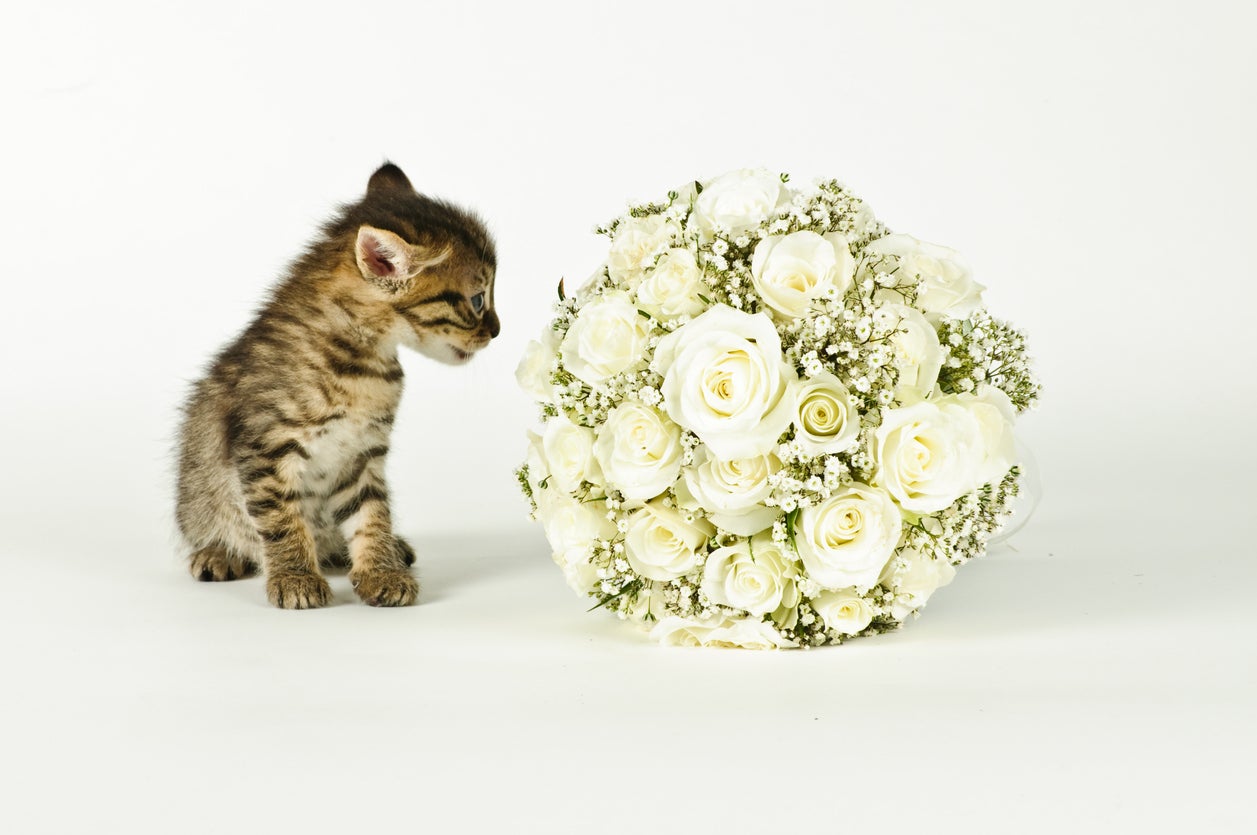 Is Baby’s Breath Bad For Cats: Information About Gypsophila Poisoning In Cats
Is Baby’s Breath Bad For Cats: Information About Gypsophila Poisoning In CatsIf you are the lucky recipient of a bouquet and have a cat, your feline friend may harbor a particular fascination with the baby’s breath. After all, plants are fun for cats, which beckons the question: is baby’s breath bad for cats? Click this article to learn more.
By Amy Grant
-
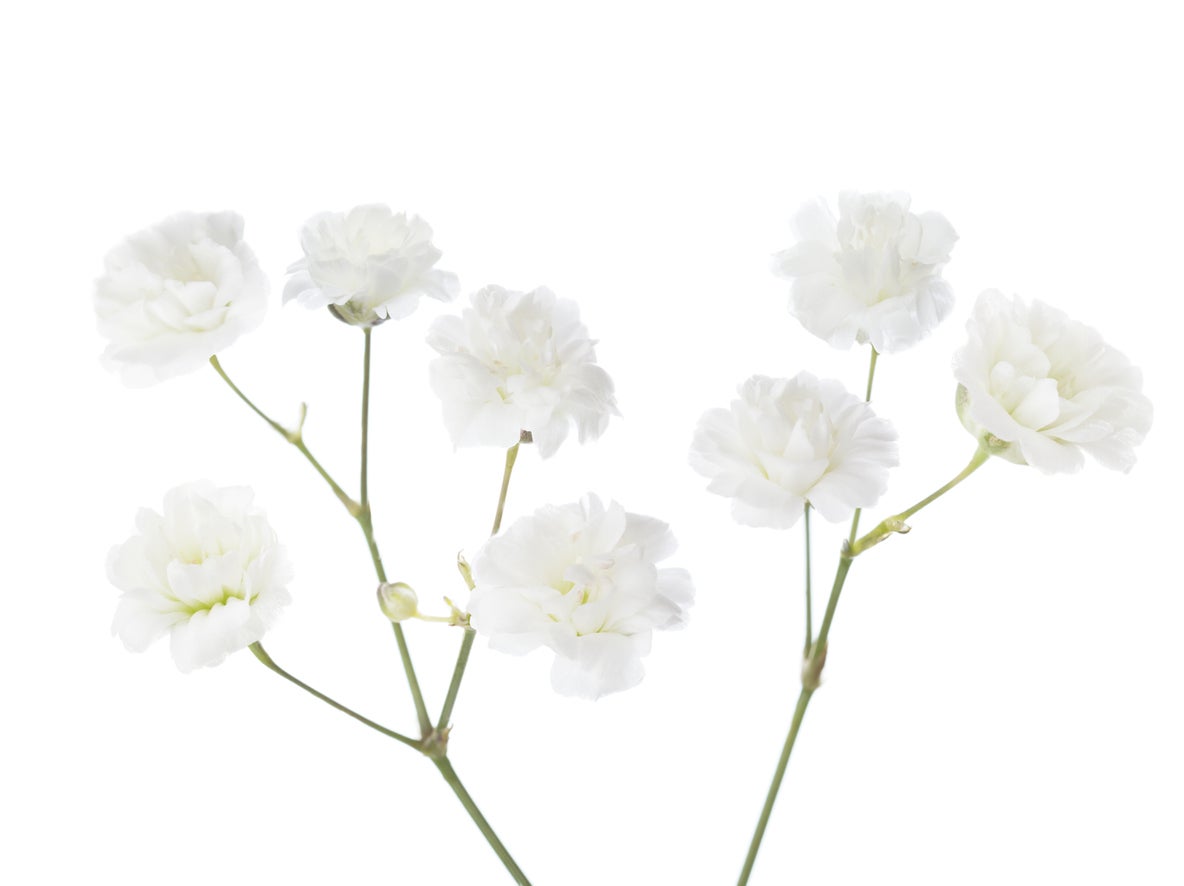 Growing Baby’s Breath From Cuttings: How To Root Gypsophila Cuttings
Growing Baby’s Breath From Cuttings: How To Root Gypsophila CuttingsBaby’s breath is the star of the cutting garden, providing delicate little blooms that dress up floral arrangements, (and your garden). If you have access to a mature baby’s breath plant, growing cuttings from baby’s breath is easy. Learn more in this article.
By Mary H. Dyer
-
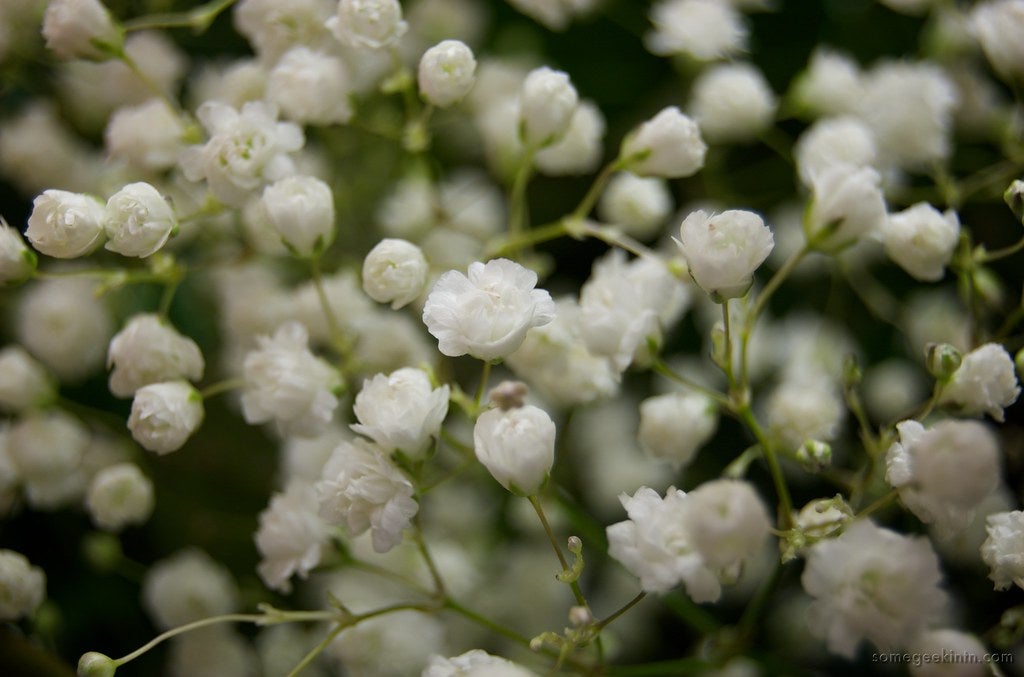 Sowing Baby’s Breath Seeds: Learn How To Plant Gypsophila Seeds
Sowing Baby’s Breath Seeds: Learn How To Plant Gypsophila SeedsGrowing baby's breath from seed will result in clouds of the delicate blooms within a year. This perennial plant is easy to grow and low maintenance. Click this article for more tips on how to plant Gypsophila, or baby's breath, from seed.
By Bonnie L. Grant
-
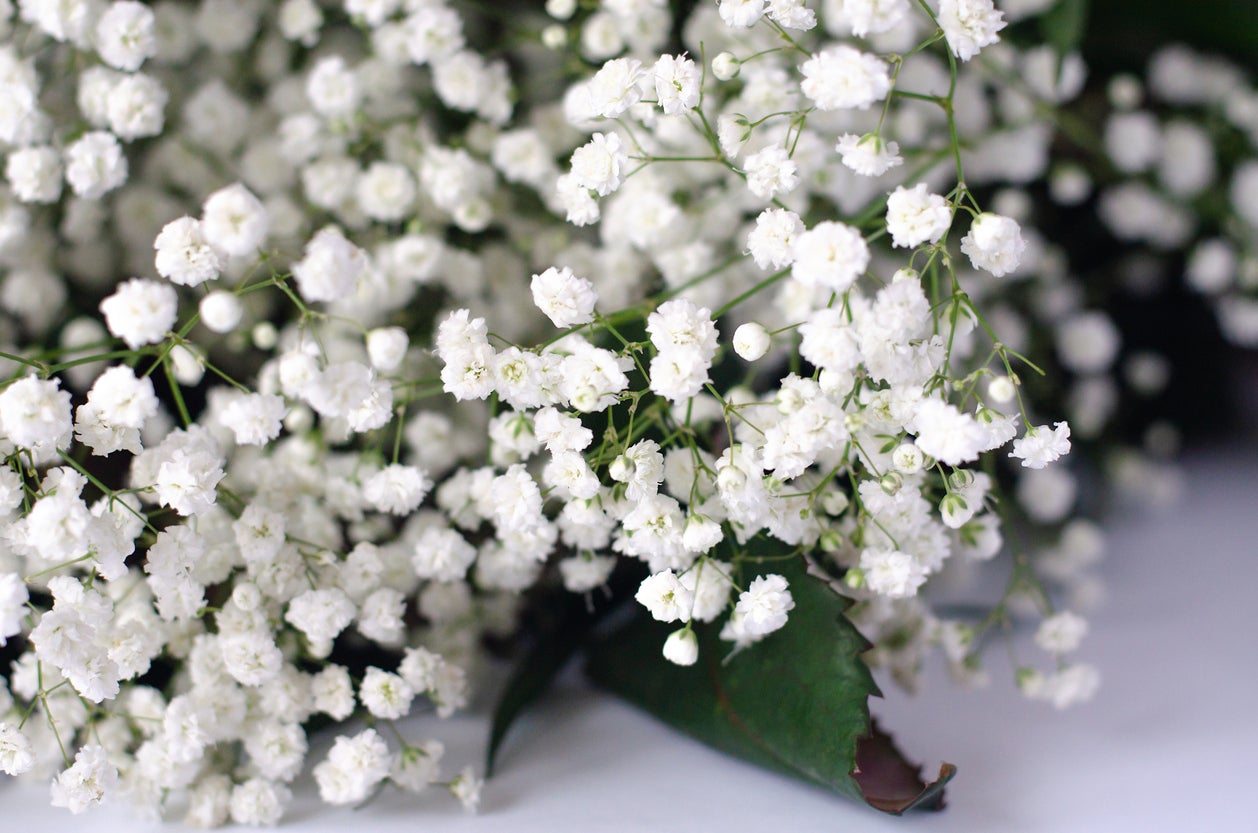 Baby’s Breath Winter Care: Information About Winterizing Baby’s Breath Plants
Baby’s Breath Winter Care: Information About Winterizing Baby’s Breath PlantsBaby’s breath is a staple of cut flower bouquets. You can grow these flowers in your garden with an annual or a perennial variety. Depending on the climate, you may need to take some extra steps to ensure survival over the winter. This article will help with that.
By Mary Ellen Ellis
-
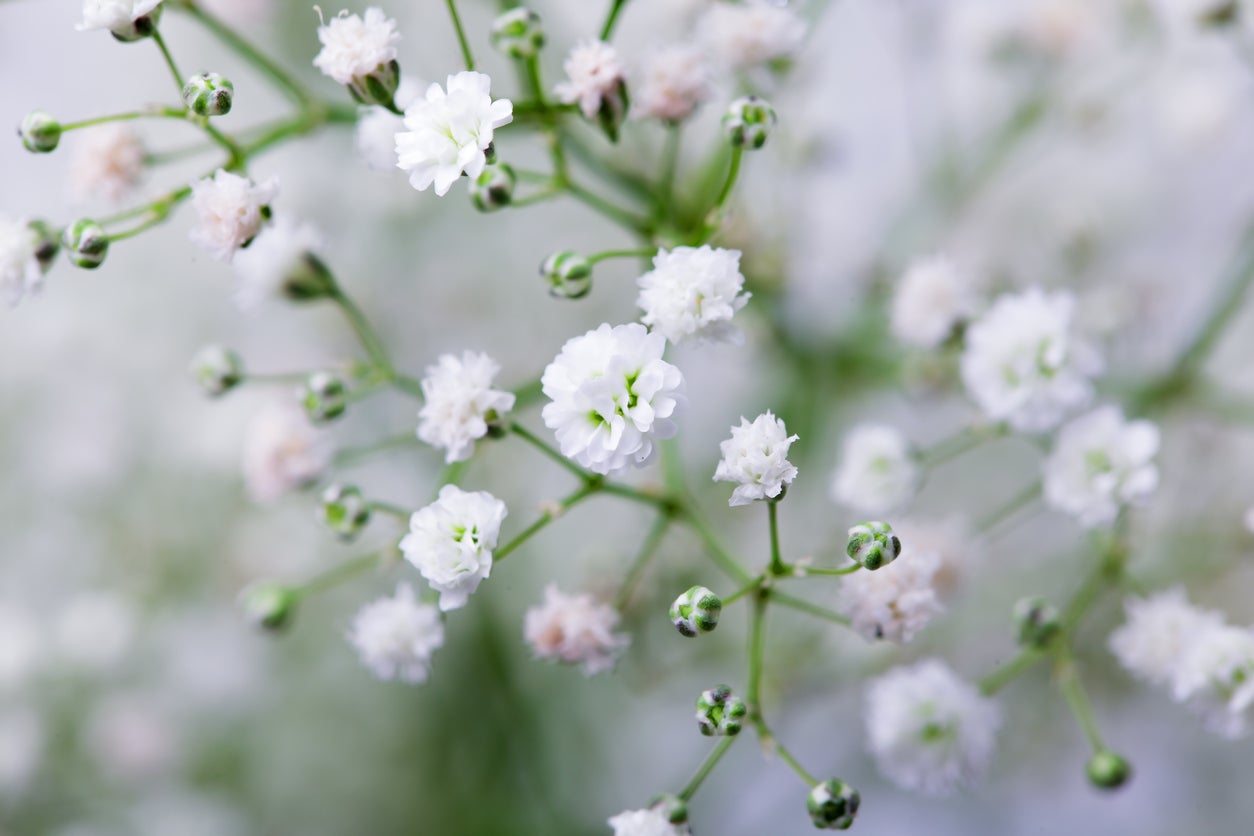 Baby’s Breath Varieties: Learn About Different Types Of Gypsophila Plants
Baby’s Breath Varieties: Learn About Different Types Of Gypsophila PlantsBaby’s breath flowers provide an airy look to floral arrangements but can also be just as pretty used in a border or rock garden. It is one of several types of Gypsophila. Click here to learn about different baby’s breath varieties for the garden.
By Mary H. Dyer
-
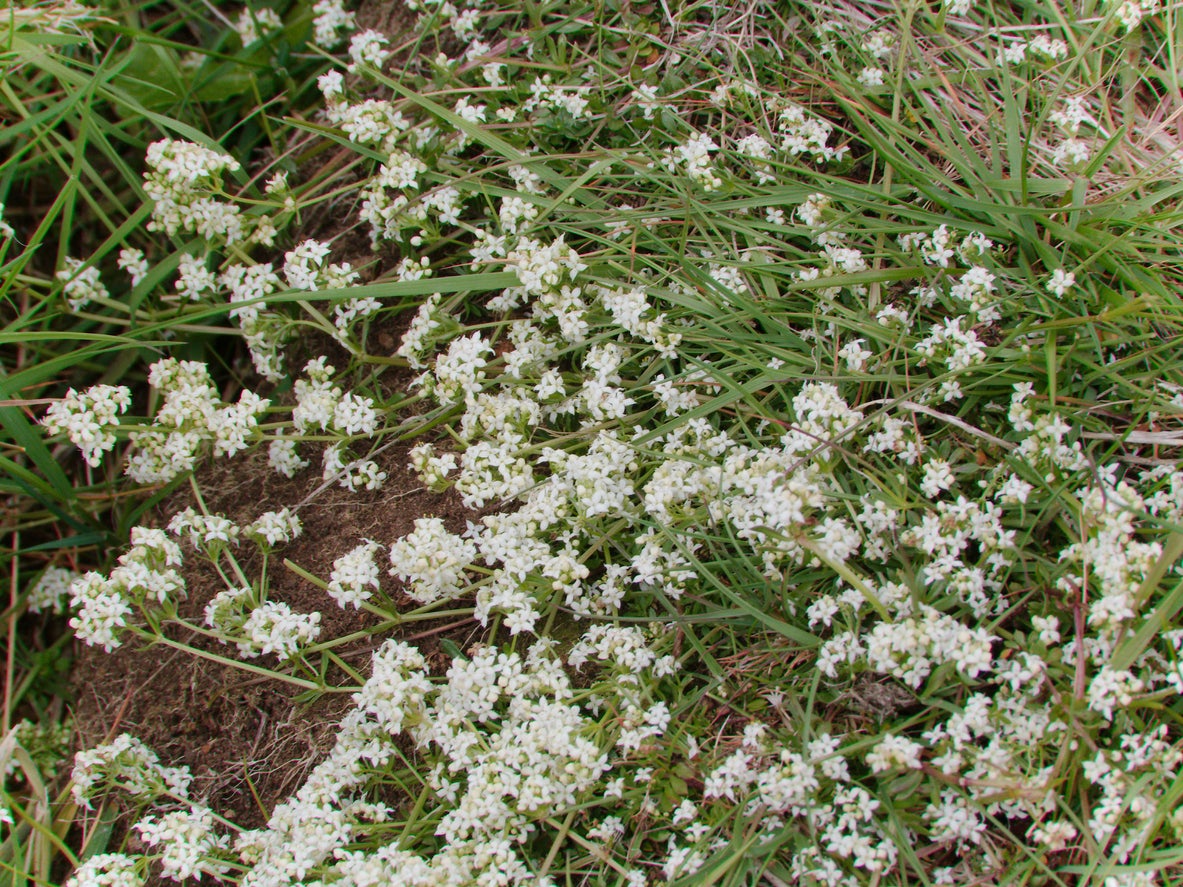 Trimming Baby’s Breath – Learn How To Prune Baby’s Breath Plants
Trimming Baby’s Breath – Learn How To Prune Baby’s Breath PlantsYou can grow baby’s breath as an annual or a perennial, depending on the variety chosen. Care is fairly easy, but a little Gypsophila pruning will help your plants grow healthier and bloom more. This article will help get you started with baby’s breath pruning.
By Mary Ellen Ellis
-
 Baby’s Breath Skin Irritation: Is Baby’s Breath Irritating When Handled
Baby’s Breath Skin Irritation: Is Baby’s Breath Irritating When HandledBaby’s breath is commonly found naturalized throughout much of the northern United States and Canada and often identified as an invasive weed. Despite the innocuous look of these sweet soft blooms, baby’s breath harbors a little secret. Learn more in this article.
By Amy Grant
-
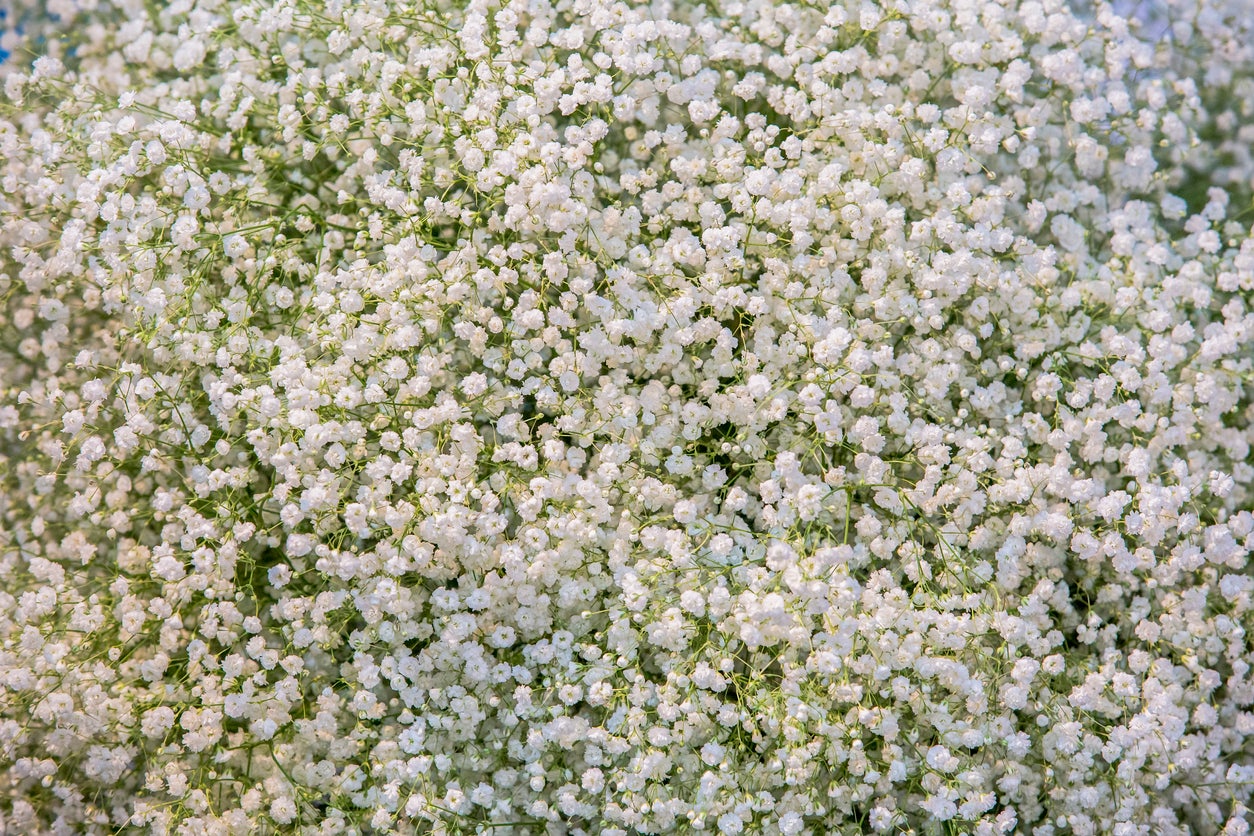 Baby’s Breath Propagation: Learn About Propagating Baby’s Breath Plants
Baby’s Breath Propagation: Learn About Propagating Baby’s Breath PlantsBaby’s breath is a small, delicate bloom included as a finishing touch in many bouquets and flower arrangements. They look great in outside flower beds, too. Starting a new baby’s breath from existing plants is a great way to get more. Click here to learn how.
By Becca Badgett